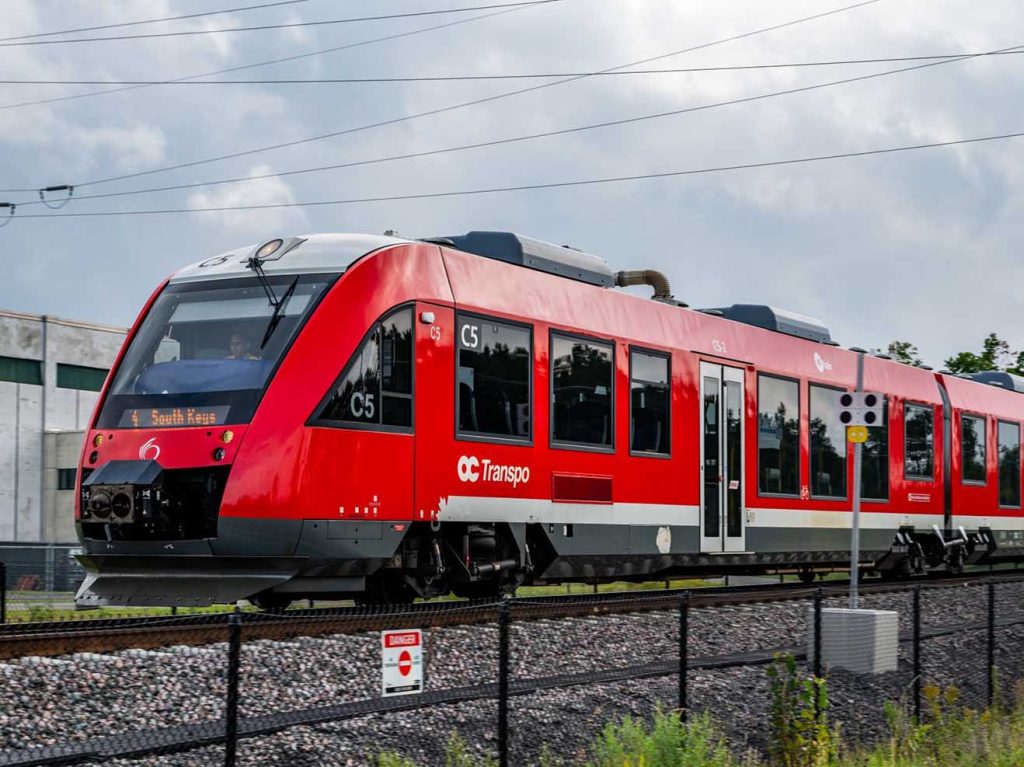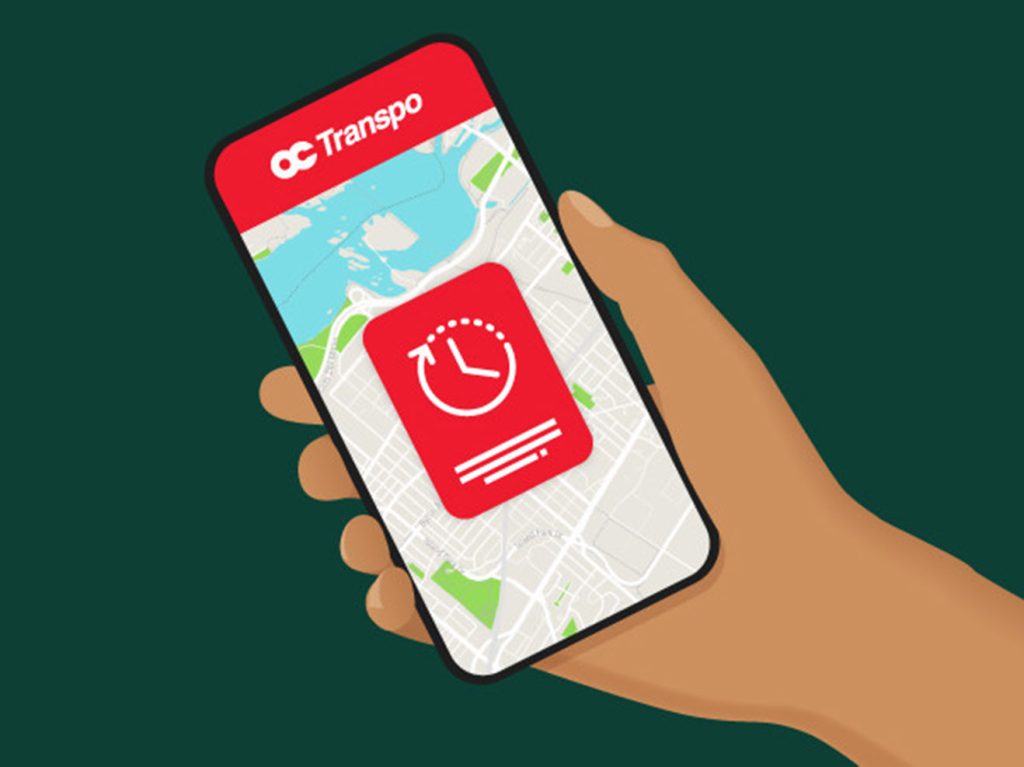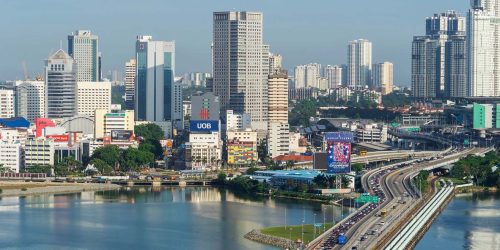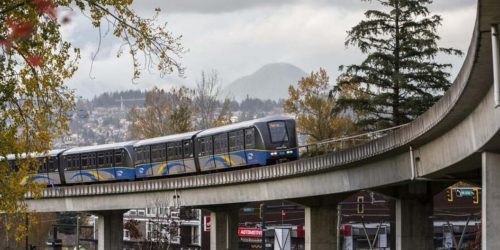How to Navigate Ottawa Using Public Transit: Making Your Journey Easier
Ottawa, the capital of Canada, is a city that blends history, culture, and modernity. From its grand Parliament Hill to the scenic Rideau Canal, there is so much to explore. However, like any city, getting around efficiently is key to making the most of a trip. Public transportation in Ottawa is well-organized, but understanding how to use it effectively can make all the difference.
1. Arriving in Ottawa and First Impressions of Public Transport
Upon arriving in Ottawa, one of the first things that stand out is the accessibility of public transit. Whether landing at Ottawa Macdonald-Cartier International Airport or arriving by train at the VIA Rail station, there are convenient transportation options to reach the city center.
At the airport, the easiest way to get downtown without a taxi or ride-sharing service is by taking OC Transpo’s bus route 97. The bus stop is just outside the arrivals area, and the ride into the city takes about 30 minutes. It’s an affordable option, especially compared to taxis, which can cost around $40 to $50 CAD depending on the destination.
For those arriving by train, the VIA Rail station is well-connected to the city through OC Transpo’s O-Train system and bus routes. Just outside the station, there are buses that connect to the nearest O-Train station at Tremblay, making it easy to get to different parts of Ottawa.
2. Understanding OC Transpo: The Backbone of Ottawa’s Public Transit
OC Transpo is Ottawa’s public transit provider, operating a network of buses and the O-Train system. Before using public transportation, getting familiar with the routes and fare system is important.
O-Train System
The O-Train system consists of light rail transit (LRT) lines that run through key areas of the city. The primary line, Line 1 (Confederation Line), stretches from Tunney’s Pasture in the west to Blair in the east, passing through major downtown locations like Parliament Station and Rideau Station. This makes it incredibly convenient for visitors staying near downtown to access major attractions.

Bus Network
While the O-Train is efficient, the bus network is essential for reaching areas that the train does not cover. The bus routes are well-structured, with frequent service in central areas and reliable connections to suburban neighborhoods.
One of the most useful bus routes for travelers is route 85, which connects key locations like the Rideau Centre, Carleton University, and Bayshore. Another helpful route is the 95 (or its current equivalent, as OC Transpo occasionally renumbers routes), which provides access to areas like Orleans and Kanata.
3. Buying and Using Transit Tickets
Tickets and passes can be purchased at ticket machines in O-Train stations, online, or at various convenience stores around the city. For those staying in Ottawa for more than a day or two, a Presto card is a great investment. It allows for easy tap-and-go payments on both buses and trains, and it offers discounted fares compared to paying with cash.
Another great option for visitors is the day pass, which provides unlimited travel on OC Transpo services for a full day. This is particularly useful when planning to visit multiple attractions spread out across the city.
4. Exploring Ottawa’s Attractions by Public Transit
Parliament Hill and Downtown
One of the most iconic places to visit in Ottawa is Parliament Hill. The nearest O-Train station is Parliament Station, making it incredibly easy to get there. From the station, it’s just a short walk to the stunning Gothic-style Parliament buildings, where free guided tours are available.
From Parliament Hill, it’s also convenient to explore nearby landmarks like the ByWard Market. To get to the market area, one can either walk or take a short ride on bus routes that stop at Rideau Station.
Rideau Canal and Lansdowne Park
The Rideau Canal is a must-see, especially in winter when it transforms into the world’s largest outdoor skating rink. To get there, the O-Train’s Confederation Line stops at Rideau Station, which provides easy access to the canal’s downtown section.
For those wanting to visit Lansdowne Park, which features TD Place Stadium, restaurants, and event spaces, taking bus route 6 or 7 is the best option. These routes run from downtown and provide a direct ride to the Lansdowne area.
Museums and Cultural Sites
Ottawa is home to several world-class museums. The Canadian Museum of History, located in Gatineau just across the river, can be reached by taking STO (Société de transport de l’Outaouais) buses from downtown. The museum offers stunning exhibits on Canada’s history and Indigenous cultures.
For the National Gallery of Canada, bus routes 9 and 85 provide direct access. The gallery features an impressive collection of Canadian and international art, and its striking architecture is a sight in itself.
Gatineau Park and Outdoor Adventures
For those looking to explore nature, Gatineau Park is a fantastic destination. While public transit does not go directly into the park, buses from downtown Ottawa to Gatineau provide access to areas near the park entrance. During the summer and fall, there are sometimes special shuttle services that run from Ottawa to popular hiking trails within the park.
5. Tips for Navigating Ottawa’s Public Transit Like a Local
Using Transit Apps

One of the best ways to ensure smooth travel is by using transit apps like Transit App or Google Maps. These apps provide real-time bus and train schedules, allowing for efficient trip planning.
Avoiding Rush Hour
Like any city, Ottawa experiences busy rush hours, particularly between 7:30–9:00 AM and 4:30–6:00 PM. During these times, buses and trains can be crowded, so traveling outside peak hours can make for a more comfortable experience.
Nighttime Travel
Ottawa’s transit system operates late into the night, with some routes offering 24-hour service. However, for those staying out late, checking the schedules in advance is recommended, as some bus routes have reduced frequency after midnight.
Accessibility and Bike Integration
OC Transpo is equipped with accessibility features, including low-floor buses, elevators at train stations, and priority seating. Additionally, for those who enjoy biking, Ottawa’s transit system accommodates bicycles, with bike racks available on most buses and bike storage areas at major transit hubs.
6. Discovering Hidden Gems Through Public Transit
Exploring beyond the typical tourist spots can make a trip even more memorable. With public transit, it’s possible to visit unique neighborhoods and lesser-known attractions.
Westboro and Hintonburg
For a local experience, taking bus routes to Westboro and Hintonburg is a great choice. These neighborhoods are known for their trendy cafés, boutique shops, and scenic views along the Ottawa River. The OC Transpo system makes it easy to hop off and explore these areas at a relaxed pace.
Little Italy and Chinatown
Little Italy, accessible by the O-Train’s Trillium Line (when in operation), offers a fantastic selection of Italian restaurants and coffee shops. Just a short bus ride away, Chinatown provides a diverse range of Asian cuisine and cultural experiences.
7. Final Thoughts on Public Transit in Ottawa
Using public transit in Ottawa makes traveling around the city efficient and affordable. With a well-connected system of trains and buses, it’s possible to reach all major attractions without needing a car. By planning routes, using transit passes, and taking advantage of apps, navigating Ottawa’s public transportation can be seamless and enjoyable.





